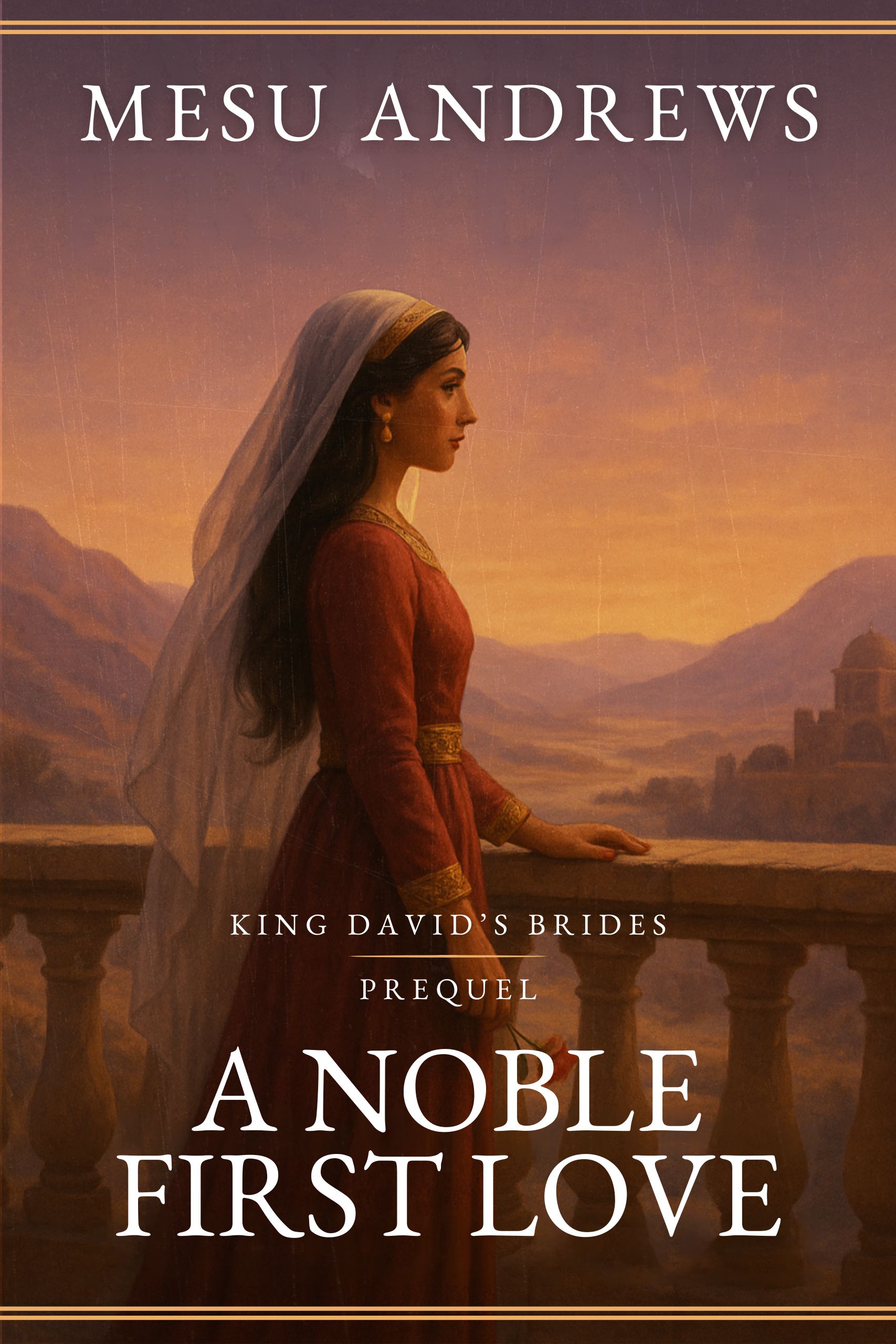 Have you ever tried to create a story? Young or not-so-young, our daughters have always loved it when their daddy tells them stories…because they get to help create the plot. Whether at bedtime or on a long journey, Roy begins by saying:
Have you ever tried to create a story? Young or not-so-young, our daughters have always loved it when their daddy tells them stories…because they get to help create the plot. Whether at bedtime or on a long journey, Roy begins by saying:
“In a land far, far, away, there lived a little girl named…”
Our girls would squeal and giggle and shout out their suggestion—sometimes a real person’s name, sometimes the silliest name they could think of. Then he’d continue…
“Gertie Finklebudget lived in a town called…”
And the girls would offer a real or imaginary town in which Gertie’s imminent adventures were to be lived out. So it went with their story-building until the dreaded bedtime hour arrived or until we reached our journey’s end (or until my husband got tired of story-telling).
The Art of Story-Building
What made my hubby’s stories so fun? It was the mingling of minds AND the mishmash of fact and fiction. Maybe it’s my husband’s fault that I love writing biblical fiction! I love the crazy-difficult names and the interesting places, and I especially love the ability to stand on the unchanging foundation of God’s Truth—and fill in the unknown cultural décor with fiction. It’s like my Heavenly Father playing the story-building game with ME!
Ancient Texts Used to Build “The 10 Commandments” Story
When Producer/Director Cecil B. DeMille emerges from behind the opening curtain to introduce the movie, he explains some of the film-makers’ research process. They had leaned heavily on two ancient historians, Philo and Josephus. Soon after Mr. DeMille’s introduction, he disappears behind the curtain, and the credits begin to roll (yes, credits at the beginning of the movie, not the end). ALL the ancient texts used to shape “The Ten Commandments” plot were listed as follows (descriptions paraphrased from Wikipedia):
- Philo – Hellenistic Jew that lived during the time of Jesus
- Josephus – First-century Roman Jew who wrote the history of the world from a Jewish perspective to be read by the Roman world
- Eusebius – Third-century Roman historian, well-versed in the Bible
- The Midrash – Jewish sermons told and retold by Jewish rabbis over centuries
- The Holy Scriptures – Usually refers to Genesis thru Malachi (Old Testament) but includes the New Testament in Christian circles.
Retro-Fiction Used to Build “The 10 Commandments” Story
As the credits continued to roll in the “Overture” of the movie, I was surprised to see several biblical novels in the list of resources! How cool is that?
- Prince of Egypt by Dorothy Clarke Wilson (re-released in 2012 w/Amazon digital)
- Pillar of Fire by Rev. J. N. Ingraham
- On Eagle’s Wings by Rev. A.E. Southon
I also discovered (while watching the DVD with the Commentary feature turned on) that this well-loved 1956 rendition of “The Ten Commandments” was actually a re-make of a 1923 silent movie, “The Ten Commandments.”
New Testament Used to Build “The 10 Commandments” Story
How many times have you watched “The Ten Commandments” movie? I can’t even begin to count—maybe 20 or 30 for me. But until I watched it with an eye for research, I hadn’t realized how many New Testament references they’d slipped into the story and dialogue! Here are two examples:
- Pharaoh orders Hebrew male babies killed because “wise” priests report a prophetic star that proclaims a “deliverer” has been born. (Exodus says Pharaoh killed male Hebrew babies because of his fear of rising Hebrew population; it was actually New Testament Herod who ordered babies killed in Bethlehem because Magi from the east reported a star proclaiming the birth of a king–Jesus.)
- Moses holds an old man, who has been killed in the mudpits. The old man says his only regret is that his prayer has gone unanswered—that his eyes will close in death before he sees the deliverer. (Harkens to when Joseph and Mary presented Jesus at the Temple, and Simeon prayed over the Babe, thanking God that his eyes had NOT closed before seeing the Deliverer: (Lk. 2:26-31) “…as You promised [LORD], You now dismiss Your servant in peace because mine eyes have seen Your salvation.”)
Is Your Heavenly Father Story-Building With You?
Every day is a new chapter of your story. And every decision is a pause…Your Heavenly Father waiting for you to fill in the next detail. When you use your resources–whether fact, fiction, or God’s Word–to fill in the blank, He then writes the next line, and on it goes!
Think about what resources you use to make your decisions, to fill in the blanks, to take the next step in your journey…
- Will you use facts, research, or concrete experience?
- Will you use your imagination, creativity, or new adventures?
- Will you use prayer, God’s Word, or the Holy Spirit’s leading?
Perhaps like writing a block-buster movie or telling a child’s bedtime story, we must use some of each to build our lives. So, the next time a big decision comes your way, imagine the utter delight in your Heavenly Father’s eyes when He begins, “In a land far, far away, there lived a little girl named…”
Tweet-A-Licious!
- “The 10 Commandments” screen-writers used fact, fiction, and parts of the New Testament in the film!
- Have you ever played the story-building game with your Heavenly Father? Learn how today!
- Every decision is a pause. God waits for us to fill the blank, and then He writes our next line.
Today’s Question:
- Which of the three “blank-fillers” are you more prone to use when making decisions: facts, creativity, or God’s Word?




Comments 2
Mesu, this makes waiting for your new book even harder to wait for….it makes me wonder just where and how far you are going to go. In other words, hurry and get that done! I can hardly wait to open that front cover and begin! Thanks again for writing your heart.
Author
I can hardly wait to WRITE that new book! ha! It’s an adventure for me to see where and how far the story will go as well. Thanks for sticking with me in the process and enjoying the ride. God always has surprises for us all along the way! 😉